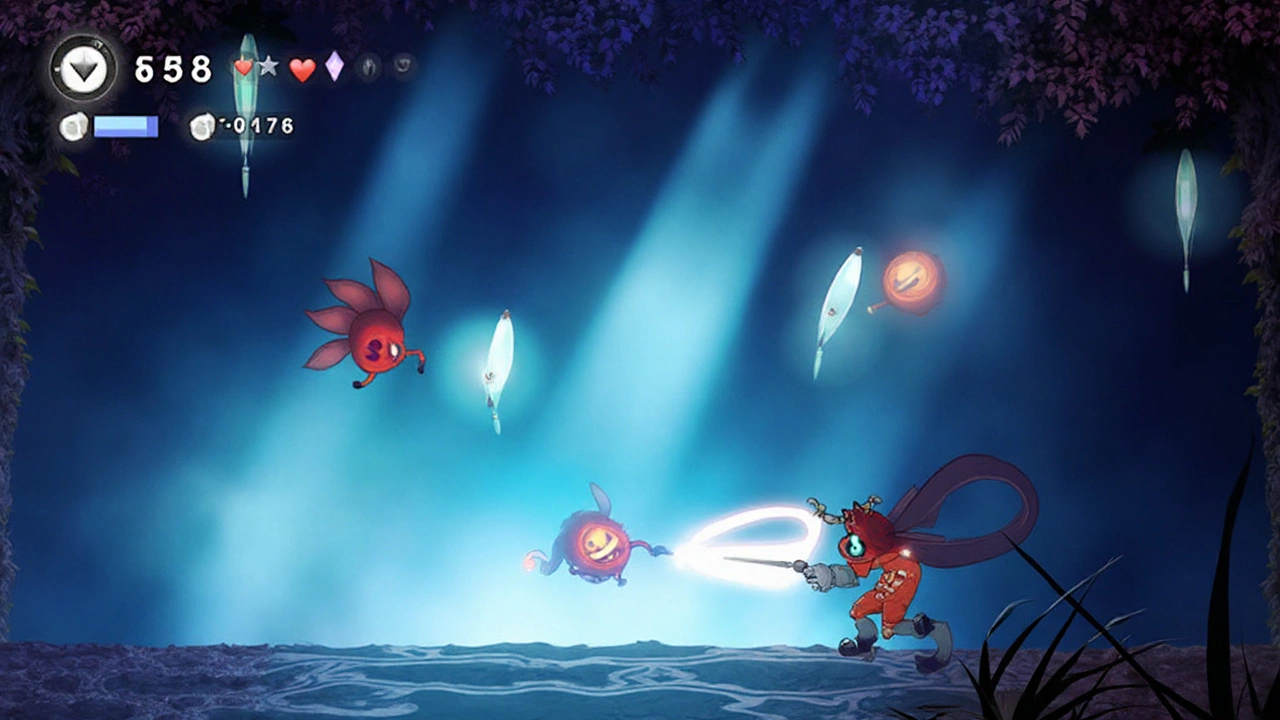What happened at launch
Hollow Knight: Silksong finally arrived on September 4, 2025, and the rush to buy and download it appears to have pushed several digital storefronts to their limits. Players across social feeds and outage trackers reported intermittent errors, slow store pages, and purchase timeouts in the hours around release. Some said their libraries took longer than usual to update after checkout, while others saw downloads stall or crawl.
The volume makes sense. Silksong has been one of the most anticipated indie sequels in years. Team Cherry’s original Hollow Knight built a huge following with precise combat, smart world design, and a devoted speedrunning and lore community. After years of teases and a long radio silence, the sequel was always going to test the pipes.
We could not access the specific IGN article referenced in search results about “storefront crashes,” and direct technical breakdowns from platform holders were not immediately available. Still, the pattern players described fits what we see during massive launches and seasonal sales: short bursts of failure, then recovery as traffic spreads out and systems auto-scale.
Why storefronts buckle—and what happens next
Storefronts are more than a single website. Behind the “Buy” button are account services, payment gateways, content delivery networks (CDNs), license servers, and regional caches. When a launch hits, millions of requests spike at the same second—checking prices, authenticating accounts, processing payments, unlocking licenses, and starting downloads. If any one layer slows down, the whole chain backs up. That’s when you get spinning wheels, cart errors, and library delays.
Three common choke points show up on days like this. First, payment processing can throttle or fail under peak load, especially if too many retries hit the gateway at once. Second, entitlement updates—the step that flips a purchase into a playable license—can queue, so players see "Owned" but can’t install yet. Third, CDNs can become uneven by region, causing normal speeds in one country and trickle-speed elsewhere until caches warm up.
For players, the experience is frustrating but usually short-lived. Auto-scaling often catches up within minutes to a few hours, and background queues clear. If you bought the game and your library didn’t update, it typically resolves without any action once the entitlement service syncs.
Here are a few practical tips that tend to help during launch traffic spikes:
- Don’t spam the purchase button. Multiple failed attempts can trigger fraud checks or duplicate holds.
- If possible, use a single payment method and avoid switching mid-transaction.
- Restart the client or console after purchase if the license doesn’t appear—this forces a fresh entitlement check.
- Switch to a wired connection for the first download, or pause/resume to pick up a better CDN node.
- Look for regional off-peak windows if speeds are consistently low.
What should we expect next? Platform holders usually stabilize services quickly and push quiet fixes—sometimes rerouting traffic or widening CDN capacity in hot regions. If any purchases failed but pending charges linger, those typically fall off automatically; if they don’t, support channels can reverse them. Team Cherry hasn’t published a deep-dive postmortem as of this writing, and we couldn’t verify a unified cause for the reported issues. If a larger outage occurred at a specific platform, expect a status update or a short technical note once the dust settles.
The bigger story is just how strong the appetite is for Silksong. The original Hollow Knight set a high bar for tight platforming and exploration, and expectations around the sequel built year after year. When that kind of pent-up demand hits at the same minute, even big, battle-tested systems feel it. Once players are through the door and downloading, the conversation will shift from error codes to boss patterns, routes, and speed strats—where this series shines.
One last note on sourcing: while search results reference an IGN headline about storefront crashes, the detailed contents of that report weren’t available to us. The account above is based on visible player reports, common infrastructure behavior during major game launches, and standard operational responses from platform holders. If more concrete technical detail emerges, we’ll update with specifics.

